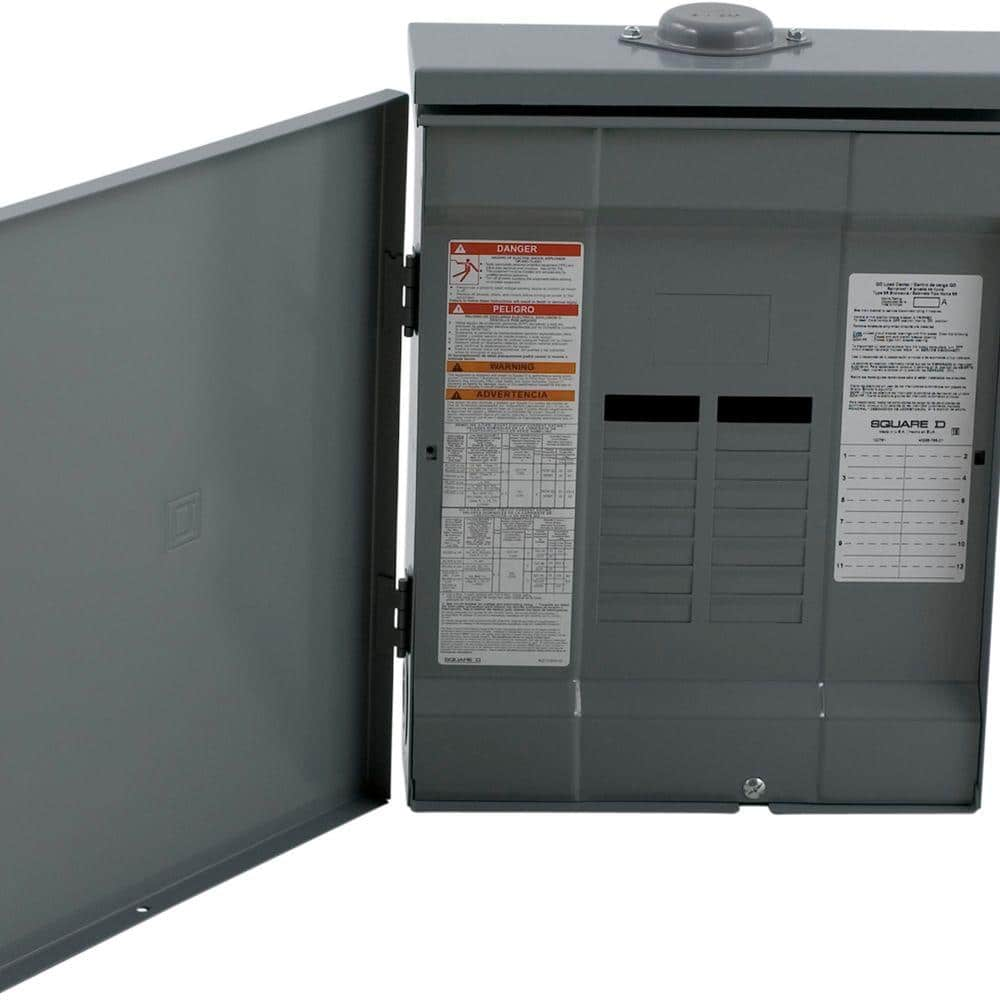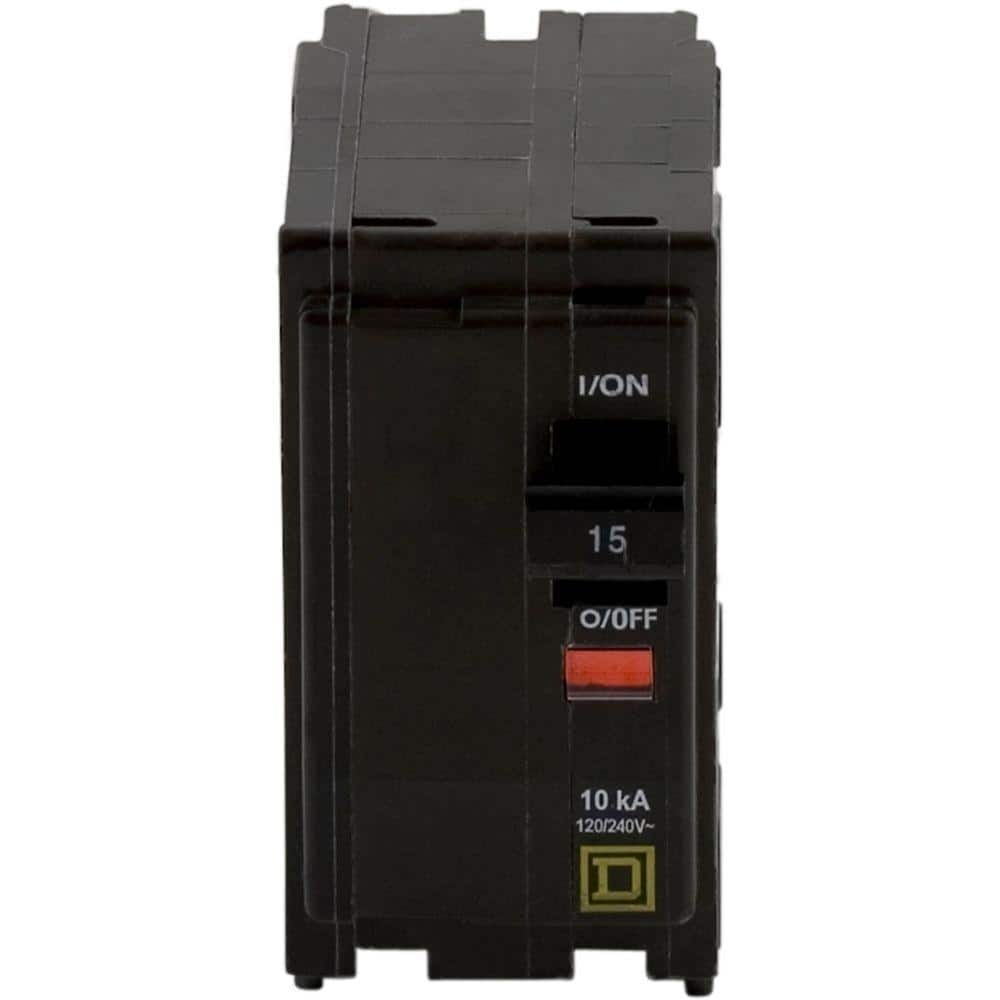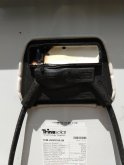You are using an out of date browser. It may not display this or other websites correctly.
You should upgrade or use an alternative browser.
You should upgrade or use an alternative browser.
Solar panel connection burned up
- Thread starter 2500hd
- Start date
Hedges
I See Electromagnetic Fields!
- Joined
- Mar 28, 2020
- Messages
- 21,397
One possibility is a poor contact. This could dissipate as much power as the entire string produces - up to several kW for some systems, but your case looks like just one or two panels, a few hundred watts.
Another is an overheated bypass diode. That should only be a problem with a string of multiple panels in series, and shading over some cells. This would be expected to dissipate about 1.1V x current, about 7W for one string. If you wired multiple strings in series and in parallel, if done wrong you could boost that current.
Is it open-circuit now? Looks like that connector on the left went open-circuit, could have pulled a flame. That might have been a mechanical failure.
Here's a different brand with similar problem:

 www.pv-tech.org
www.pv-tech.org
Another is an overheated bypass diode. That should only be a problem with a string of multiple panels in series, and shading over some cells. This would be expected to dissipate about 1.1V x current, about 7W for one string. If you wired multiple strings in series and in parallel, if done wrong you could boost that current.
Is it open-circuit now? Looks like that connector on the left went open-circuit, could have pulled a flame. That might have been a mechanical failure.
Here's a different brand with similar problem:

Solar-Fabrik to issue junction box failure warning on risk of fires
German PV module manufacturer Solar-Fabrik expects to issue a warning in the next few days regarding junction box failures on its solar panels that could lead to fires.
One possibility is a poor contact. This could dissipate as much power as the entire string produces - up to several kW for some systems, but your case looks like just one or two panels, a few hundred watts.
Another is an overheated bypass diode. That should only be a problem with a string of multiple panels in series, and shading over some cells. This would be expected to dissipate about 1.1V x current, about 7W for one string. If you wired multiple strings in series and in parallel, if done wrong you could boost that current.
Is it open-circuit now? Looks like that connector on the left went open-circuit, could have pulled a flame. That might have been a mechanical failure.
Here's a different brand with similar problem:

Solar-Fabrik to issue junction box failure warning on risk of fires
German PV module manufacturer Solar-Fabrik expects to issue a warning in the next few days regarding junction box failures on its solar panels that could lead to fires.www.pv-tech.org
For now I disconnected the panel. Trina said they are going to send a replacement.
They are wired in 3's. I have 4 sets.
Thanks for the information.
Hedges
I See Electromagnetic Fields!
- Joined
- Mar 28, 2020
- Messages
- 21,397
Some newer inverters or charge controllers have AFCI, Arc Fault Circuit Interrupter. Those are supposed to detect the high frequency noise of an arc, distinguishing it from the stronger signal but regular pattern of switching power supplies like MPPT, and open the circuit before it causes a fire.
Do you ever get wind? that could blow over your panels. Most of mine are on racks bolted to concrete, but I have a pair on an easel (for low-voltage fans) similar to yours which got blown over. It broke part of a gas meter but the panels survived. Now I have stakes driven into the ground to tie it down.
Four sets of three, 3s4p. In that case you ought to have a series fuse per string, because if one has a fault the other three would dump current into it.
Short circuit current 9A, fuse 15A. Three strings could put 27A into one.
https://www.amazon.com/dp/B07H93B114?tag=duckduckgo-d-20&linkCode=osi&th=1&psc=1
At first I was going to say I didn't see how that could have happened, but here's one idea: If shading caused bypass diodes to overheat and short, then that string would become low voltage in parallel with others high voltage and accept too much current. I don't think that's likely, but check Voc of this string after you've replaced the panel and before paralleling it with the other three strings, make sure voltage isn't lower.
But the picture appears to show a metal tab broken, not desoldered and pulled away, which is why I thought it could be mechanical damage.
The fuse would protect against overcurrent backfeeding the panel. It would not protect against an open circuit that made an arc; only AFCI would help there. AFCI would detect the backfeed only after it opened and produced an arc but couldn't stop it because even with charger disconnected the other panels would feed the arc. Walmart's roof fires continued to occur even on stores that had the PV system turned off.
Do you ever get wind? that could blow over your panels. Most of mine are on racks bolted to concrete, but I have a pair on an easel (for low-voltage fans) similar to yours which got blown over. It broke part of a gas meter but the panels survived. Now I have stakes driven into the ground to tie it down.
Four sets of three, 3s4p. In that case you ought to have a series fuse per string, because if one has a fault the other three would dump current into it.
Short circuit current 9A, fuse 15A. Three strings could put 27A into one.
https://www.amazon.com/dp/B07H93B114?tag=duckduckgo-d-20&linkCode=osi&th=1&psc=1
At first I was going to say I didn't see how that could have happened, but here's one idea: If shading caused bypass diodes to overheat and short, then that string would become low voltage in parallel with others high voltage and accept too much current. I don't think that's likely, but check Voc of this string after you've replaced the panel and before paralleling it with the other three strings, make sure voltage isn't lower.
But the picture appears to show a metal tab broken, not desoldered and pulled away, which is why I thought it could be mechanical damage.
The fuse would protect against overcurrent backfeeding the panel. It would not protect against an open circuit that made an arc; only AFCI would help there. AFCI would detect the backfeed only after it opened and produced an arc but couldn't stop it because even with charger disconnected the other panels would feed the arc. Walmart's roof fires continued to occur even on stores that had the PV system turned off.
gnubie
Solar Wizard
- Joined
- Sep 20, 2019
- Messages
- 3,844
This sort of scenario is partly why I recommend blocking diodes between strings. If one string goes low voltage/faults the diode will prevent the other strings from dumping their output into it. Not guaranteed since diodes can fail short so you always need fuses, but every bit helps.
Obviously a blocking diode will not help in a situation where a fault within a string sustains an arc via some mechanism.
Obviously a blocking diode will not help in a situation where a fault within a string sustains an arc via some mechanism.
Yes. Fuses needed between parallel panels. I used a Blue Sea block. I tried those MC4 fuse holders. They suck. This worked for each 4 panels. https://www.bluesea.com/products/5045/ST_Blade_Compact_Fuse_Blocks_-_4_Circuits
Hedges
I See Electromagnetic Fields!
- Joined
- Mar 28, 2020
- Messages
- 21,397
Yes. Fuses needed between parallel panels. I used a Blue Sea block. I tried those MC4 fuse holders. They suck. This worked for each 4 panels. https://www.bluesea.com/products/5045/ST_Blade_Compact_Fuse_Blocks_-_4_Circuits
Two low a voltage rating. The specs for that Blue Sea panel say,
| Circuits | 4 |
Maximum Amperage

| 100A per block 30A per circuit |
| Maximum Voltage | 32V DC |
That's OK for nominal 12V panels in 1s4p, which would be about 20Voc, but nothing more.
His are 38.2 Voc, -0.32 %/degree C.
three in series could reach 129 V on a -15 degree C day.
Here's a box that would fit four fuse holders (not included), to fuse one end of the strings:
Hold 10 fuse holders or 12 breakers, fuse both ends of 4 strings:
You can also roll your own with any rainproof box and a DIN rail.
Square-D QO main-lug panels and breakers are UL listed for up to 48 VDC, but also "Square-D Certified" for up to 125 VDC when both poles of a two pole breaker are used. Could put four, 15A 2-pole breakers in a 12 position box, have expansion capability up to 6 strings total (cost $175):

Square D QO 125 Amp 12-Space 24-Circuit Outdoor Main Lug Load Center with Ground Bar QO11224L125GRB - The Home Depot
The Square D QO 125 Amp 12-Space 24-Circuit Main Lugs Outdoor Load Center is UL listed for residential, commercial and industrial power distribution. This load center is built with a shielded, copper bus bar that is plated for reliability. QO load centers are tested and listed only for QO...
www.homedepot.com

Square D QO 15 Amp 2-Pole Circuit Breaker QO215CP - The Home Depot
The QO 15 Amp Double-Pole Plug-On Circuit Breaker is compatible with Square D QO load centers, QO enclosures, CSED devices and NQOD panel boards. The breaker is designed with a thermal-magnetic tripping
www.homedepot.com
Last edited:
Trina sent the rma request and it has been in processing for months.
I tried calling and emailing without any response.
Does anyone have a way to contact them regarding the RMA?
Thanks
I tried calling and emailing without any response.
Does anyone have a way to contact them regarding the RMA?
Thanks
For now I disconnected the panel. Trina said they are going to send a replacement.
They are wired in 3's. I have 4 sets.
Thanks for the information.
Similar threads
- Replies
- 46
- Views
- 2K




